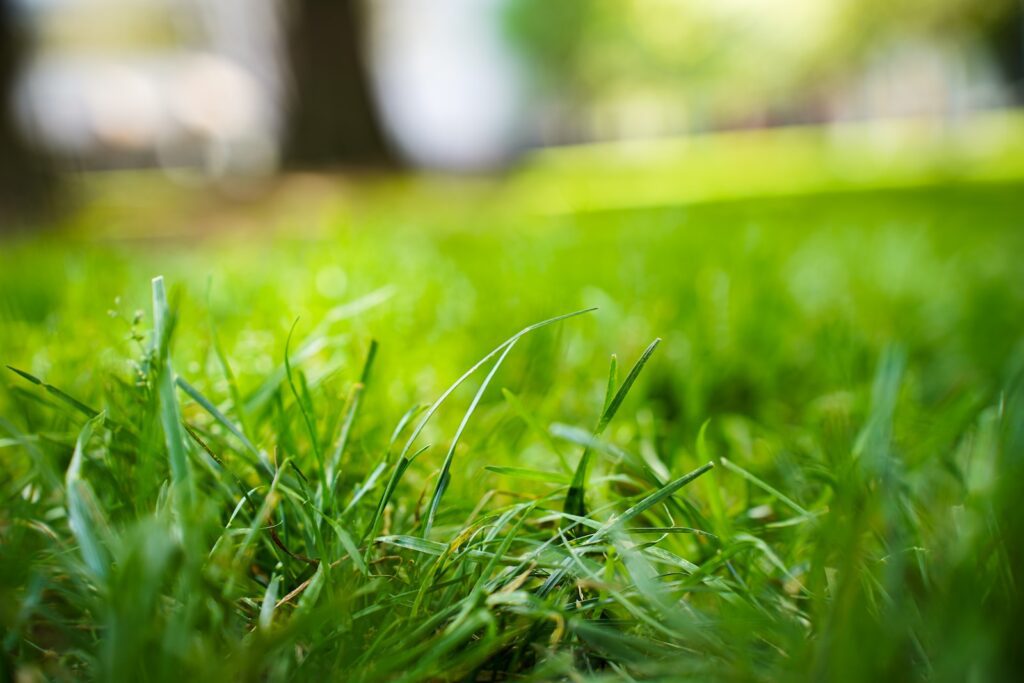Having a lush green lawn is a dream for many homeowners. However, maintaining a traditional grass lawn can be a resource-intensive battle against the elements and harmful to the environment. Fortunately, there are numerous grass alternatives available that not only provide an attractive landscape but also contribute to sustainability. In this article, we will delve into a range of eco-friendly options for your lawn, their benefits, and tips for maintenance.
Grass Alternatives: Enhancing Your Lawn Sustainably
Grass alternatives offer an array of benefits, from reducing water consumption to minimizing the use of harmful chemicals. Let’s explore some of the popular alternatives to traditional grass lawns.
1. Native Plant Gardens: Embracing Biodiversity
Native plant gardens are an excellent grass alternative that promotes biodiversity. By incorporating local plant species, you can create a vibrant and natural landscape that supports the local ecosystem. Native plants are well-adapted to the climate and require less water, fertilizers, and pesticides.
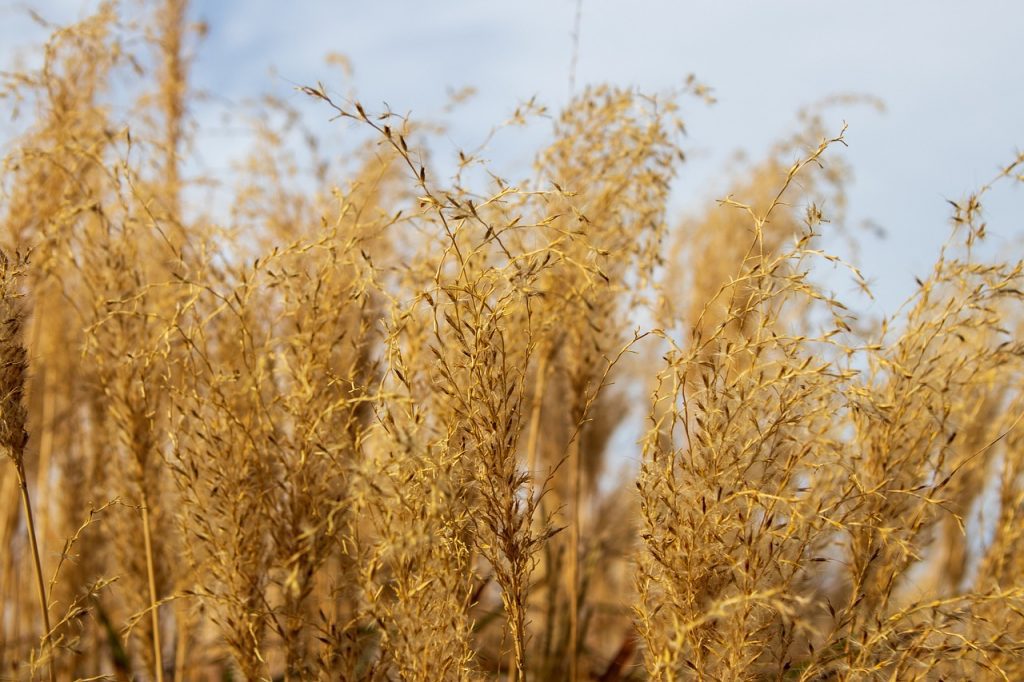
2. Clover Lawns: A Touch of Charm
Clover lawns have gained popularity due to their aesthetic appeal and environmental advantages. Clover is a nitrogen-fixing plant, which means it enriches the soil naturally, reducing the need for synthetic fertilizers. It also requires less water and is resistant to drought, making it a low-maintenance alternative.
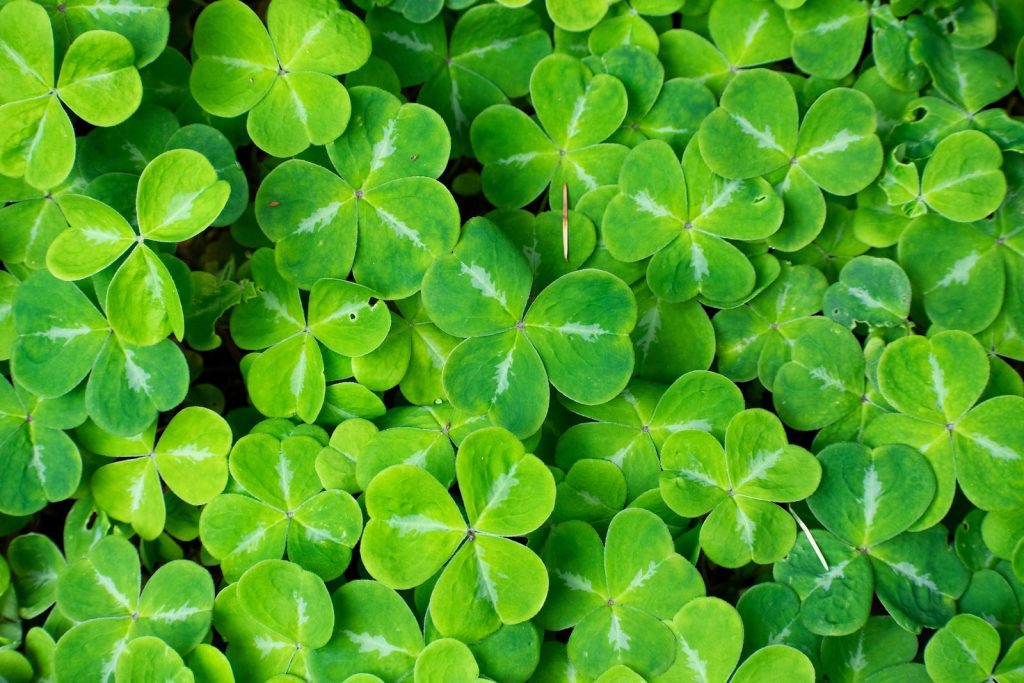
3. Ornamental Grasses: Graceful and Versatile
Ornamental grasses offer a versatile and graceful alternative to traditional grass lawns. These grasses come in various heights, textures, and colors, adding visual interest to your landscape. They are drought-tolerant, require minimal maintenance, and provide habitat for birds and beneficial insects.
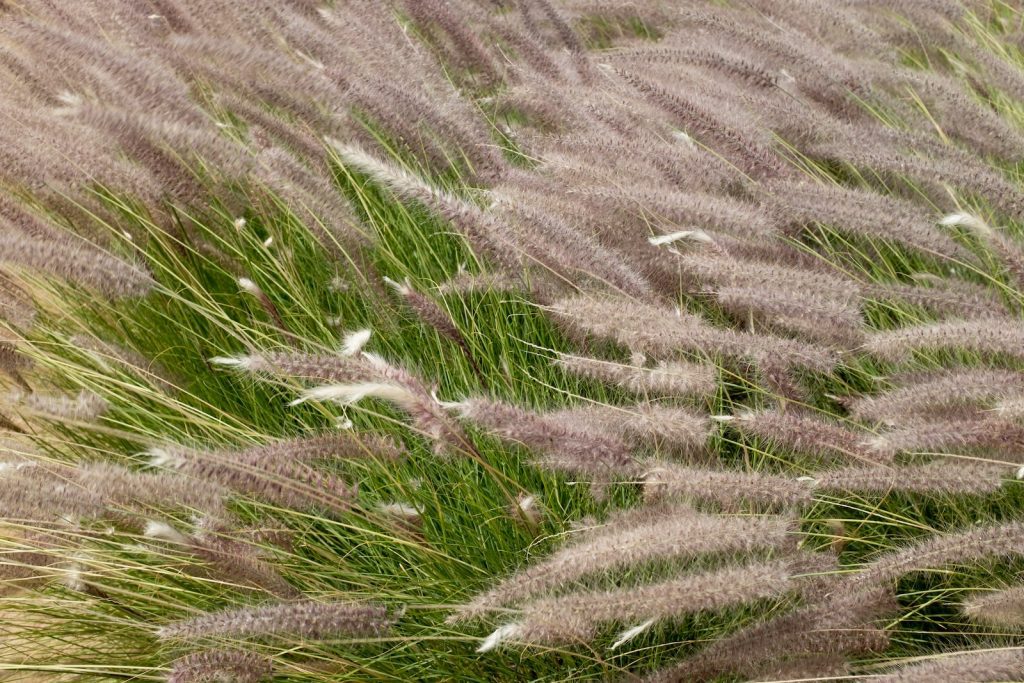
4. Moss Gardens: Embracing Serenity
Moss gardens create a serene and enchanting ambiance while requiring minimal maintenance. Mosses thrive in shade, making them an ideal grass alternative for areas with limited sunlight. They retain moisture, reduce erosion, and require little to no mowing.
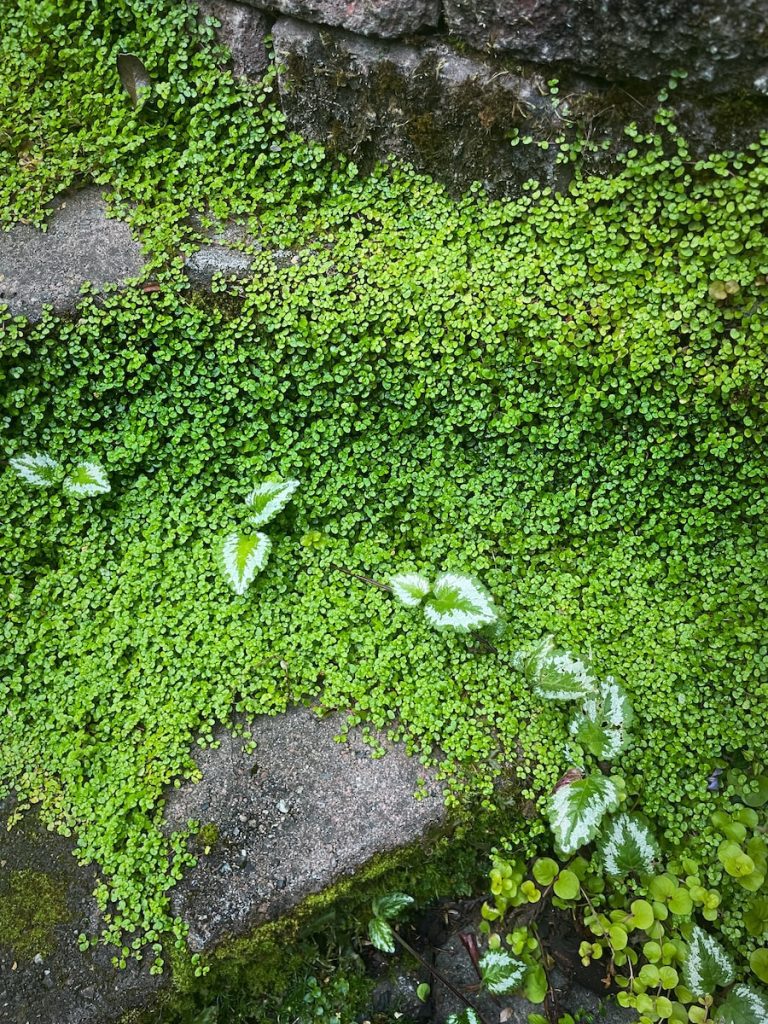
5. Xeriscaping: Conserving Water
Xeriscaping involves designing landscapes that minimize water usage while maintaining an appealing aesthetic. This approach incorporates native plants, drought-tolerant species, and efficient irrigation systems. Xeriscapes require less water than traditional grass lawns and help conserve this precious resource.
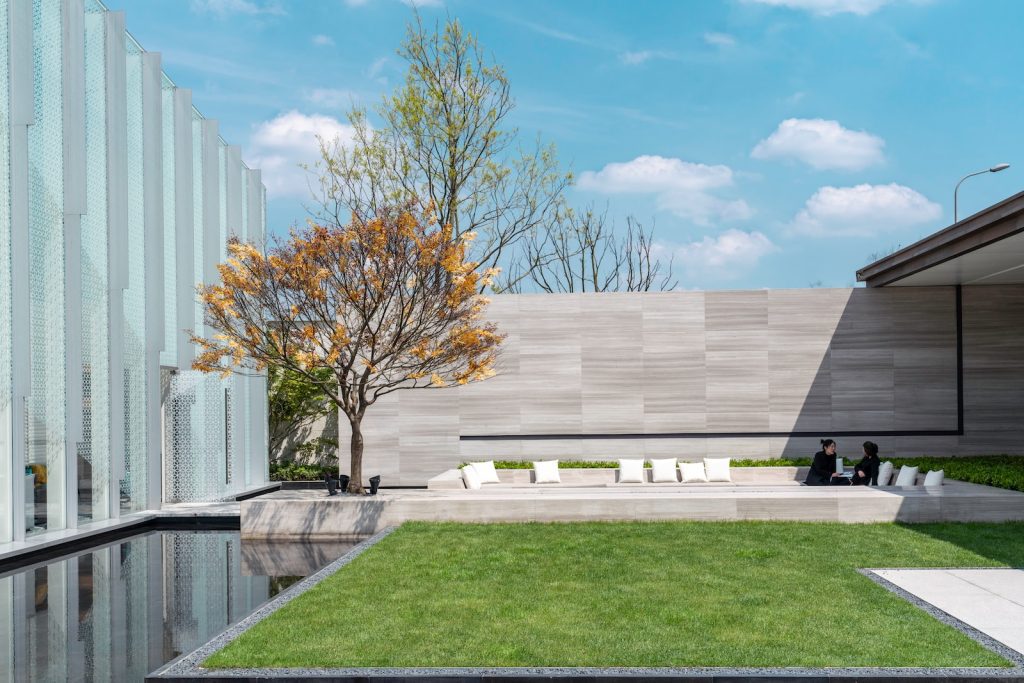
6. Artificial Turf: Synthetic Convenience
Artificial turf has gained popularity as a grass alternative due to its low maintenance and year-round attractiveness. Although it doesn’t provide the environmental benefits of natural options, artificial turf eliminates the need for watering, mowing, and fertilizing. It is often made from recycled materials and can last for many years.
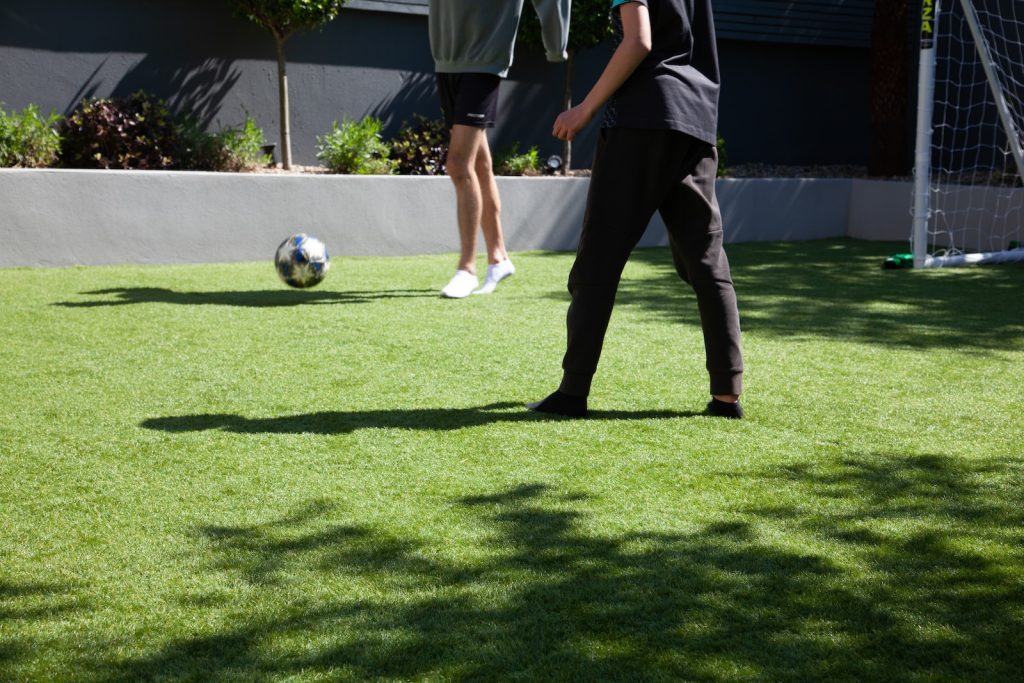
7. Ground Covers: Beauty in Diversity
Ground covers offer a diverse range of options for transforming your lawn. From creeping thyme to wildflowers, ground covers create colorful carpets that require little maintenance. They help suppress weeds, reduce soil erosion, and provide habitat for pollinators.
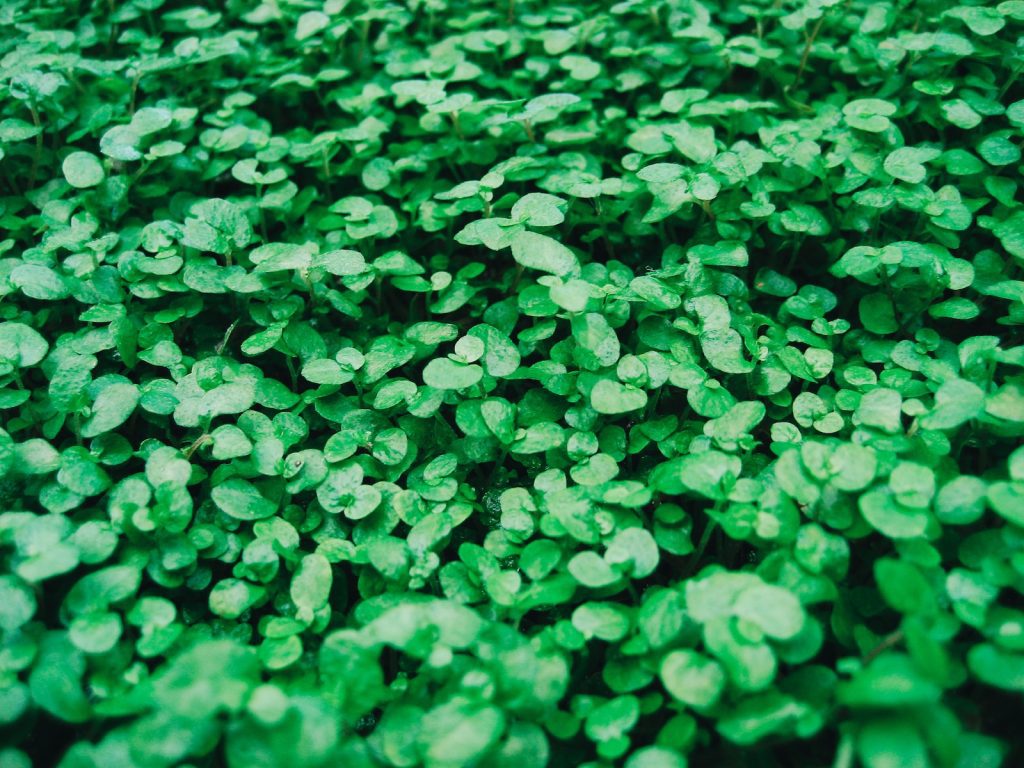
8. Gravel or Rock Gardens: A Modern Touch
Gravel or rock gardens provide a contemporary and low-maintenance alternative to traditional grass lawns. By incorporating various sizes and colors of rocks, you can create an eye-catching landscape that requires minimal watering and upkeep. These gardens are particularly suitable for arid regions.
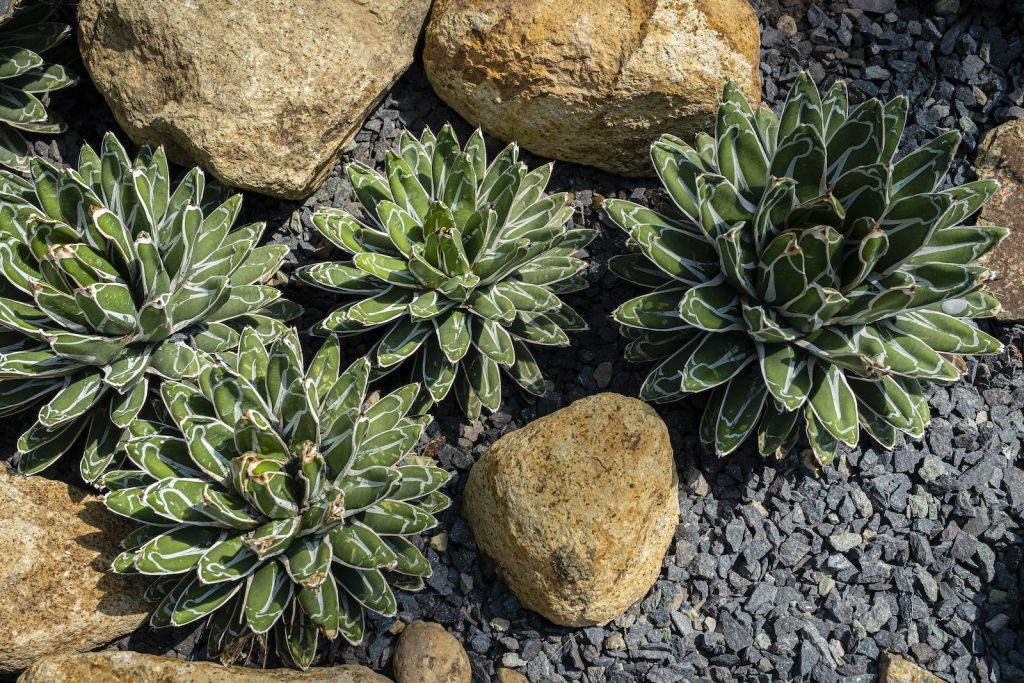
9. Permeable Pavers: Combining Functionality and Beauty
Permeable pavers are an innovative grass alternative that allows rainwater to infiltrate the ground, reducing stormwater runoff. These pavers come in various designs and materials, such as porous concrete or interlocking grids filled with grass or gravel. They enhance the aesthetics of your outdoor space while promoting sustainable water management.
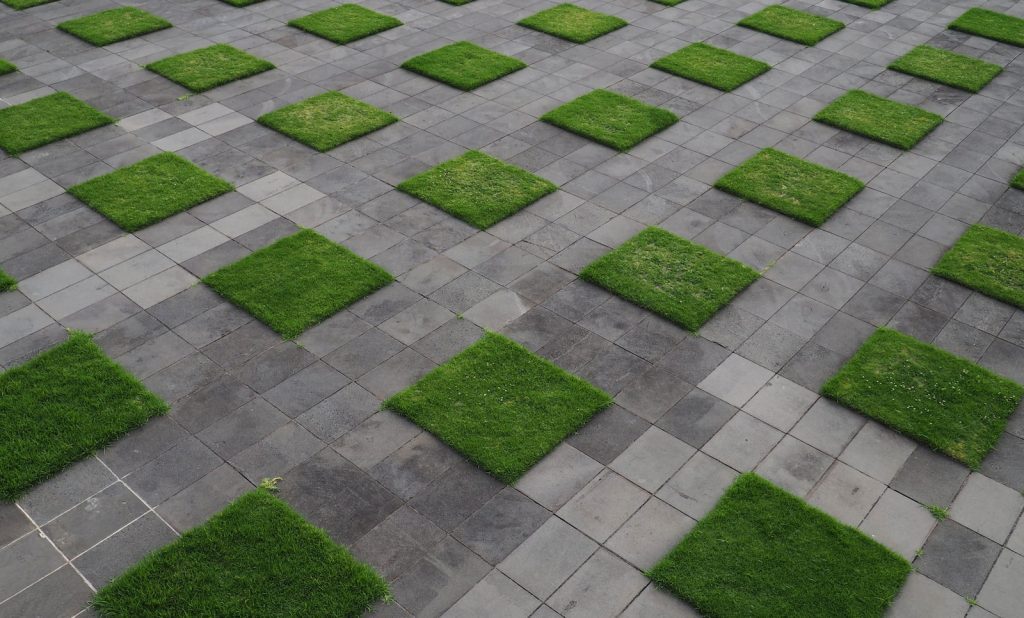
10. Wildflower Meadows: A Burst of Color
Wildflower meadows offer a vibrant and eco-friendly alternative to traditional lawns. By sowing a mix of native wildflower seeds, you can create a blooming paradise that attracts bees, butterflies, and other pollinators. Wildflower meadows require occasional mowing and provide a beautiful display throughout the seasons.
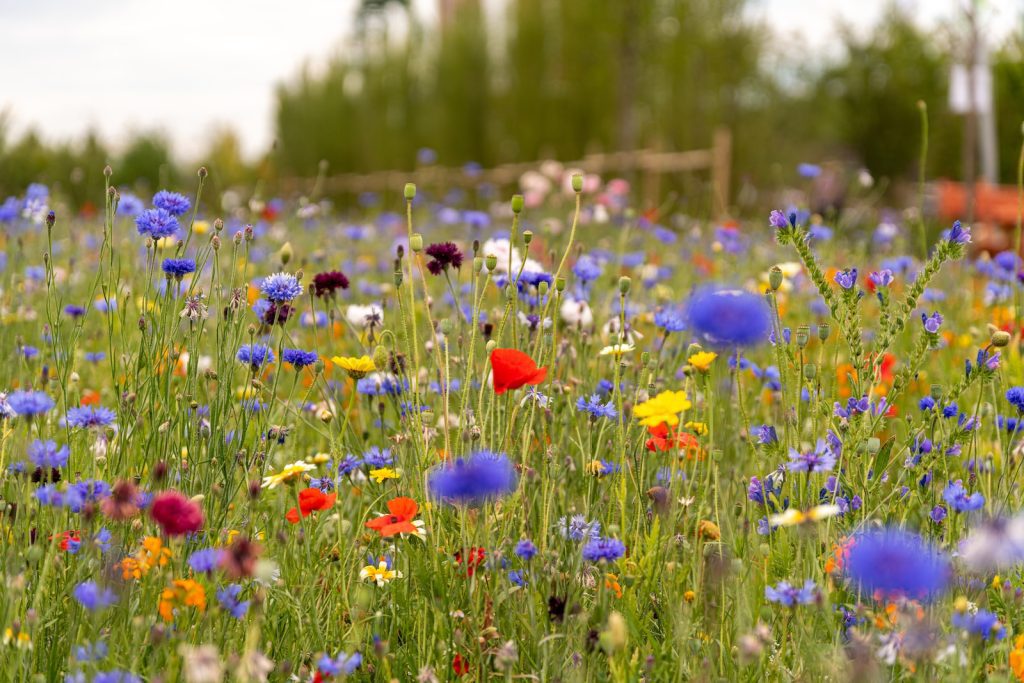
FAQs
Are grass alternatives difficult to maintain?
Maintaining grass alternatives can be easier compared to traditional lawns. Many grass alternatives require less water, mowing, and fertilizers, resulting in lower maintenance needs. However, it’s essential to choose the right alternative based on your climate and landscape conditions to ensure optimal success.
Can I still enjoy outdoor activities on grass alternatives?
Absolutely! Most grass alternatives, such as artificial turf, ground covers, and ornamental grasses, are designed to withstand regular foot traffic and recreational activities. Ensure that you select a grass alternative that is suitable for the intended use of your outdoor space.
Do grass alternatives attract pests or insects?
Grass alternatives, particularly native plant gardens and wildflower meadows, can attract a variety of insects and pollinators. While this is beneficial for biodiversity, it’s essential to monitor and manage any potential pest issues. Consult with local experts or garden centers for guidance on pest control methods that are safe for the environment.
Can grass alternatives help conserve water?
Yes, many grass alternatives are known for their water-saving benefits. Native plant gardens, xeriscapes, and clover lawns, for instance, require less water compared to traditional grass lawns. By implementing grass alternatives that are well-suited to your region’s climate, you can significantly reduce water consumption.
Will grass alternatives increase property value?
The impact of grass alternatives on property value may vary depending on various factors, including local market trends and buyer preferences. However, well-designed and well-maintained grass alternatives can enhance curb appeal, create unique landscaping features, and appeal to eco-conscious buyers. Consider consulting with a real estate professional to assess the potential impact on your property value.
Can I install grass alternatives myself or should I hire a professional?
The feasibility of installing grass alternatives yourself depends on the specific alternative and your gardening skills. Some alternatives, like artificial turf or ground covers, may require professional installation for optimal results. However, options like native plant gardens or wildflower meadows can be suitable for DIY projects. Assess your capabilities and consider seeking professional assistance if needed.
These FAQs address common concerns regarding grass alternatives and provide insights into their maintenance, benefits, and potential impacts. Remember, consulting with local experts and conducting thorough research will help you make informed decisions regarding the best grass alternative for your specific needs and preferences.
Grass alternatives can open up a world of sustainable and visually appealing options for your lawn. Whether you opt for native plant gardens, clover lawns, or ornamental grasses, each alternative offers unique benefits that contribute to environmental preservation. Consider your local climate, maintenance capabilities, and desired aesthetic to choose the ideal grass alternative for your outdoor space. Embracing these eco-friendly alternatives not only transforms your lawn but also contributes to a greener and more sustainable future.

